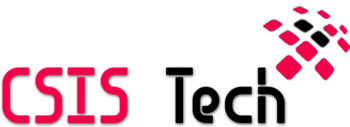The Ultimate Remote Employee Onboarding Checklist for 2021


Employee onboarding would be a daunting task. Now due to the result of the COVID-19 pandemic, things have become more complicated. Even various firms have started to Reimagine the role of talent acquisition.
How Is Remote Employee Onboarding Different From In-House Onboarding?
Yes, remote team members won’t be able to arrive at the office on the first day itself. They can’t shake other team member’s hands and even take the office tour.
Now there are other major reasons why the onboarding checklist of the remote workforce would be different. For starters, the in-house new hires would need to have face-to-face communication. They would feel more connected to the company and even with their team members and work culture.
The major challenge in the onboarding experience would be to have face-to-face communication. Well, the answer lies in getting a structured onboarding procedure.
Steps to Follow a Good Onboarding Checklist
Step -1: Sending IT Equipment to New Employees
Frankly, this is an optional step in the remote onboarding and as most remote employees have their laptop, mouse, and even headset. Sometimes certain companies will have specific hardware and computers that every employee should use. Then sending this equipment beforehand would be the best thing.
Step -2: Assisting New Employee Complete Paperwork
No doubt, contracts, and other paper works are the integral aspect of all employees’ onboarding process. However, when you are doing the onboarding of remote employees, there would be certain team members that won’t be having scanning equipment. For making the onboarding work easier, you need to ask them to acknowledge from their email or try to use e-sign tools like DocuSign.
Step – 3: Send Remote Employee Handbooks
The major necessary step in the remote onboarding is sending the employee handbook. This will help in providing details to the new hire on how to operate. The handbook will contain details regarding workplace policies, employment basics, and company culture.
Step -4: Ensuring Remote Employee Installed Necessary Software
The last step in your virtual onboarding would be the installing of various tools like Work Examiner – On-premise & Cloud employee monitoring software. These will help management in providing proper communication and control over the working procedure of employees.
Final Thoughts
Of course, remote employee onboarding doesn’t need to be difficult. Using the correct employee onboarding checklist, you can easily provide your employees with the necessary details regarding your company culture and keep them engaged.









